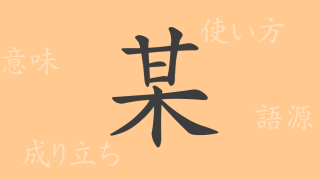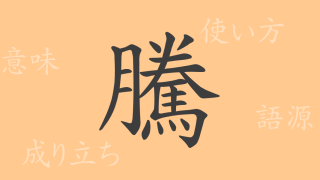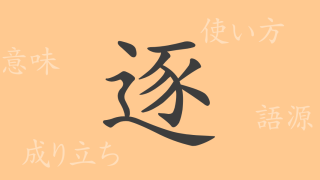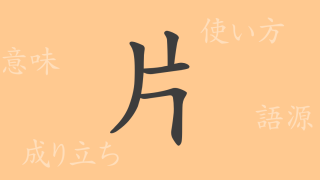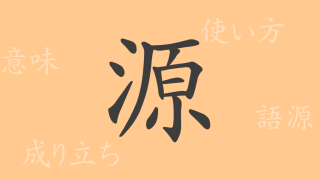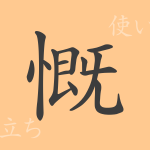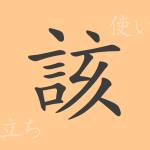There are a multitude of kanji characters in the Japanese language, but “蓋” (futa), which frequently appears in our daily lives, is closely related to our everyday activities. This article delves into the charm of the “蓋” character, from its origins and meaning to its usage, pronunciation, and even idioms and phrases that incorporate “蓋”.
The Origin (Etymology) of 蓋
The kanji “蓋” (futa) is one of the old characters said to be created by Cangjie, originally a pictograph representing a lid covering a container. The presence of the grass radical indicates that lids were once made from grass or tree leaves. In ancient China, lids were used to protect the contents of vessels and to keep food and drinks warm.
The Meaning and Usage of 蓋
While “蓋” (futa) primarily means “lid,” it also encompasses meanings such as “something that covers and conceals” or “something that indicates an end or limit.” In terms of usage, apart from signifying a physical “lid,” it also appears in expressions like “蓋をする” (putting on a lid) and “蓋を開ける” (lifting the lid).
How to Read 蓋, Number of Strokes, and Radical
The kanji “蓋” (futa) is one that we often encounter in everyday life.
- Reading: The on’yomi (Sino-Japanese reading) is “ガイ” (gai), and the kun’yomi (native Japanese reading) is “ふた” (futa).
- Number of Strokes: It is composed of 13 strokes in total.
- Radical: The radical is 艸 (くさかんむり, kusakanmuri), meaning “grass.”
Idioms, Phrases, and Proverbs Using 蓋 and Their Meanings
There are many idioms, phrases, and proverbs that include “蓋” (futa). For example, “蓋を開けてみれば” (if you lift the lid) signifies trying something out to understand what it truly entails, while “蓋をする” (putting on a lid) refers to concealing a problem or fact. Furthermore, the idiom “空蓋” (empty lid) represents something that is only superficial, without substance underneath.
Conclusion on 蓋
Each kanji character is infused with a rich background and meaning, and “蓋” (futa) is no exception. While “蓋” is a character we use routinely, understanding its origin and the meanings it encompasses can deepen our appreciation of the language. Expressions using “蓋” reflect the richness of the Japanese language, and this knowledge can expand the breadth of our linguistic expression.










